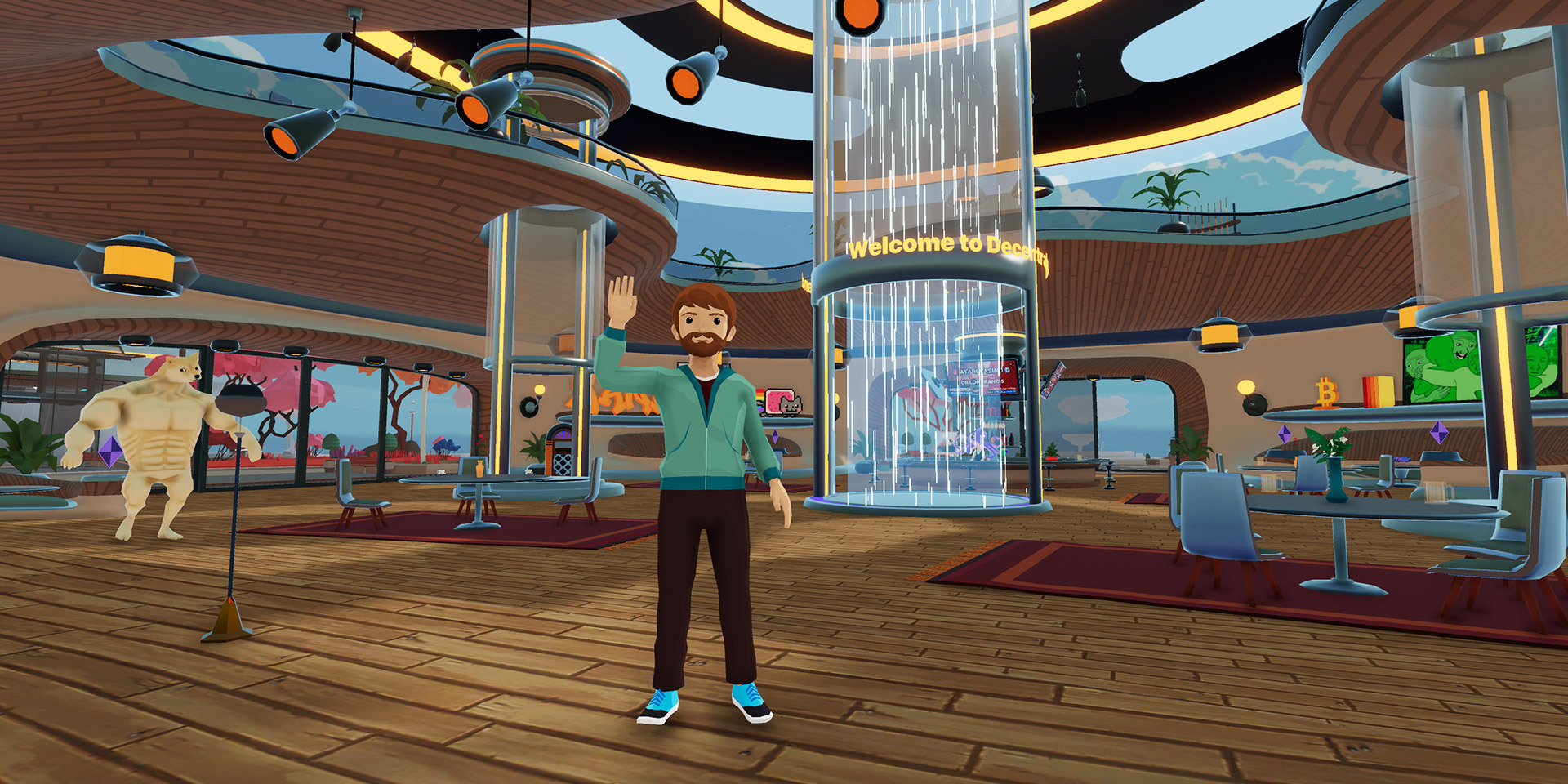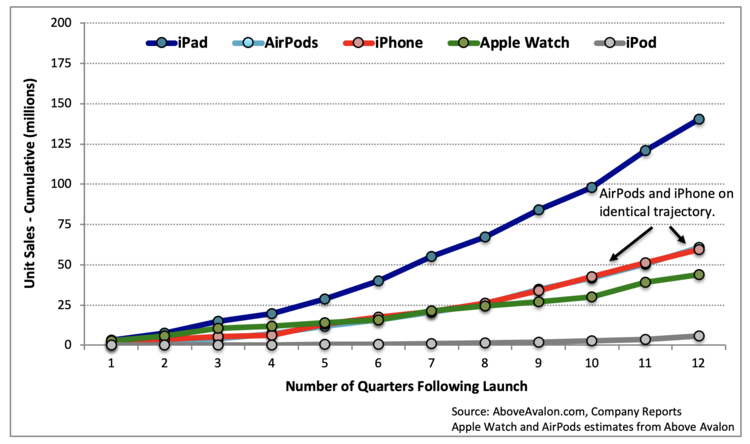Music rights holders get paid astonishing amounts of money, but most artists cannot make a living from their art. All the major DSPs love throwing around the big numbers they pay out to ‘the industry.’ Yet, most artists cannot rely on them to put food on their plate. There are, however, many methods that allow musicians to step away from over-reliance on big tech companies or major labels. Most of them involve community, and more specifically community-building.

The big girls
So YouTube paid out $4 billion to music rights holders in 2020 and Spotify, by Music Ally’s calculations paid out more than $5 billion in the same period. In the US, in the first 6 months of 2020, the biggest streaming services together made up more than 85% of total revenues for recorded music. And during the recent DCMS hearings on the streaming economy in the UK, YouTube defended itself by stating that “record labels agree that it is possible we will become the music industry’s number one source of revenue by 2025.” That seems to be a good thing for YouTube more than anyone else as it probably means that even more than 2 billion people will be coming to the service “to experience music each month.”
A major argument that came out of those same DCMS hearings was to ‘simply’ grow the overall pie being paid out by the streaming services. BPI‘s Geoff Taylor, for example put forth that “[t]he total amount coming into the industry should be substantially higher and that would benefit everybody in the chain.” During the hearings, a counterargument surfaced, through BMG, that “the status quo gives the impression it was designed for the convenience of industry players, rather than with a view to the perceptions of artists and fans.” BMG used this point to set up their defence of user-centric payment systems. However, it also paves the way for another argument altogether, something BMG hinted at too in further evidence they presented: the importance of monetizing the artist-fan relationship more directly. And that should be done by building a community.
Focus on community
We’re not new to the idea of community as an important element in artists building out a living for themselves. Just last Tuesday Bas argued that “the one strategy that I feel almost any artist can apply is that of building a community of fans that can sustain you.” This related to DAOs and in my own article about why fans should want to buy NFTs one of the key arguments was that these tokens represent an opportunity for two-way communication between artist and fan. But there’s more to community-building than future-forward web3 technologies. What first of all needs to happen is a shift in mindset. One of the things that struck me in a recent podcast recording for The Daily Indie[in Dutch] is that so few artists actually experimented with building community during the pandemic.
Of course, Patreon, OnlyFans and their like saw fast growth during the pandemic. All the musicians who set up a subscription model or turned to monetize their livestreaming efforts did an amazing job. But for each one of those, there’s plenty others who still rely on their single-single-album release strategy. Why not flip it around? Take Dutch artist POSTIE who is social media first and recorded music second. He posts a video every Sunday and then after a while releases those songs as an album. Another way of putting this is that he doesn’t use social media to drive streams, but streaming services to drive followers.

The community builders
Let me highlight two people who give some excellent advice on community building. First up is Anna Grigoryan, who writes a newsletter called Community Weekly in which she presents and explains tools to build community. My favorite advice of hers is to find your community mission. That’s where it starts. With the question of who you’re doing what you’re doing for. And then following that question with how you add value for those people. I would also add, that quickly after that, you should ask how your fans, your community, can add value for you. Anna is also very open about her own struggles in building a community around her newsletter. I find this very helpful when thinking about the communities I’m involved with for example.
This is where my next community builder comes in: Jen Lee. I came across her as the community manager from the Means of Creation fans Discord. First thing that happened when I joined the group was that I got a personal note welcoming me and encouraging me to post in a channel. She’s just been interviewed by Peter Yang and that message to me is pure strategy. In the interview Jen puts forward the following idea:
Like building a product, an online community needs to:
1. Exceed user expectations by personally welcoming new members.
2. Overcome the cold start problem by seeding the community with great content.
3. Deliver great UX by focusing the conversation on a few channels.
From these two community builders you have the starting gear to step into the studio. Whether you’ll focus on one of the subcriptions services (Patreon, OnlyFans, etc.), one of the social media (IG TikTok, etc.), the community platforms (Discord, Geneva, etc.), or turn your hand to web3 protocols (DAOs, NFTs, etc.) the basics are the same.
The Call-to-action
It’s as simple and easy as can be:
- If you’re an artist start experimenting with community building. Do it now and be open with and towards your fans for feedback and interaction.
- If you’re not an artist yourself, you’ll know them. Help them out by giving them these building blocks.
Together, we can make sure that the focus of the music industry starts to inch away from the shouting big numbers and boasting massive usage stats. Instead, we’ll focus on creating communities where artists and fans exchange value.







